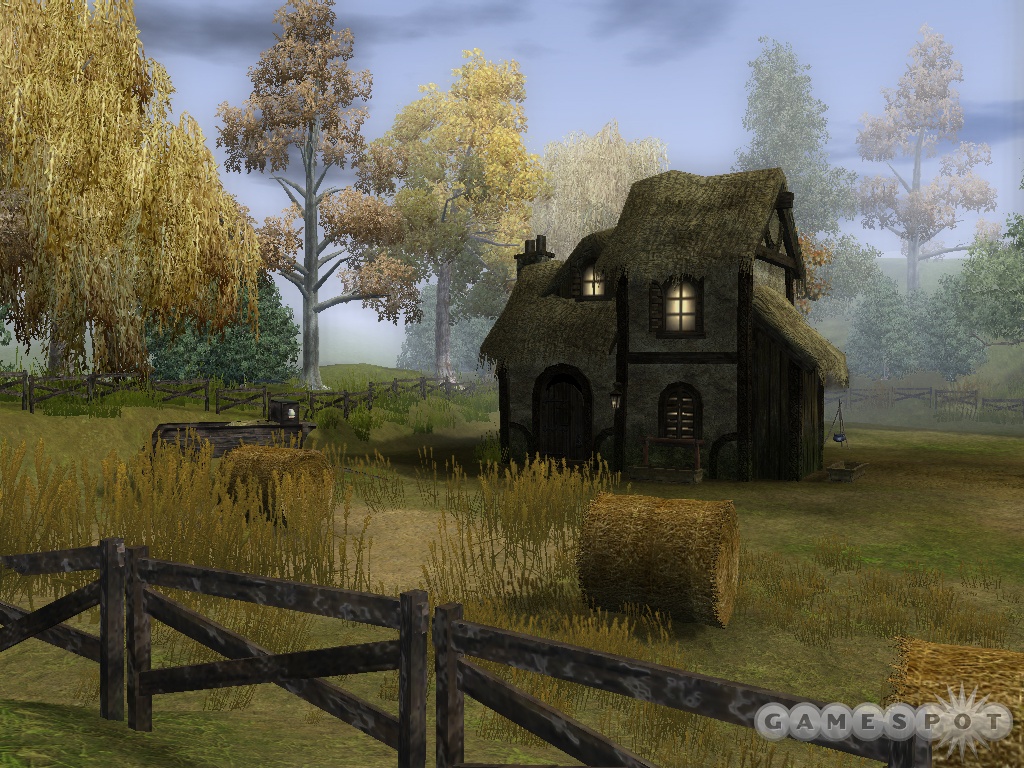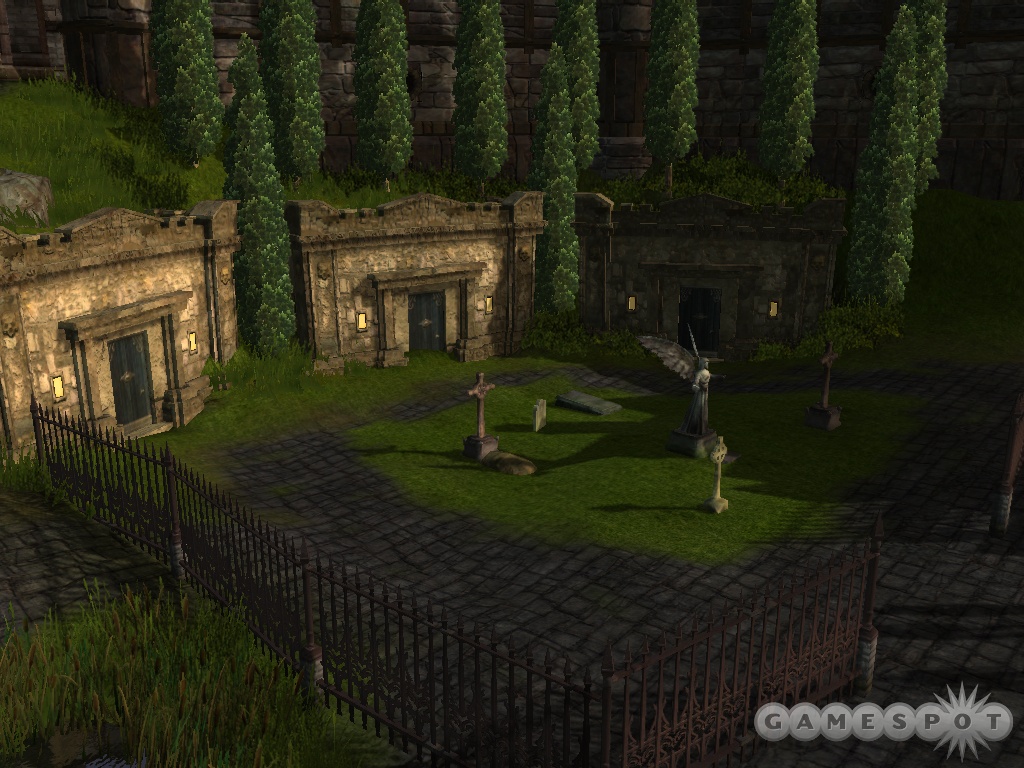Neverwinter Nights 2 Designer Diary #2 - Crafting Cinematic Worlds
Obsidian Entertainment executive producer Darren Monahan explains how Neverwinter Nights 2's enhanced graphics engine will add a cinematic quality to the game.
The traditional computer role-playing game usually starts you off as a destitute slob of an adventurer who must fight against dastardly rats until he can gain higher experience levels and start laying claim to fabulous treasures with his party of elves, wizards, and, possibly, skeletons. Obsidian Entertainment's Neverwinter Nights 2 will attempt to go beyond the stereotype by offering a massive single-player campaign, as well as a full set of editing tools that will let players create their own online adventures. In this designer diary, executive producer Darren Monahan explains how the game's enhanced graphics will add a cinematic touch to all that hacking and slashing.
Crafting Cinematic Worlds
By Darren Monahan
Executive Producer, Obsidian Entertainment

When we first set out to design Neverwinter Nights 2, we looked to the community as a source for inspiration and ideas. We had found that many users wanted even more options and greater control through the toolset to bring their worlds alive. One of the first big departures from the first game we decided upon was to allow our designers (and you!) the ability to sculpt exterior areas using a system called "height mapping" instead of the tile-based system in the original NWN. We liked this idea because it would make for more organic and natural areas in the game, and would really help distinguish between travel within dungeons and close quarters to a more-expansive, 3D feel for exteriors. Throughout the course of the game, you will scale the sides of mountains, look over deep chasms, and visit cities that sit atop great cliffs overlooking the Sea of Swords.
A major challenge in building our new rendering technology for Neverwinter Nights 2 was to continue the dynamic theme of the first game. We wanted to let you modify everything in real time and have it displayed in game and in the toolset as soon as the change was made. To this end, we implemented several powerful systems with the goal of empowering you to create more-cinematic worlds and experiences.
One of these systems is a fully dynamic day/night cycle. In designing this system, we identified all the key components: Yep, you need a sun, and you need a moon. You need clouds, a sky, some settings for fog, and stars for your nighttime sky. With the next-generation renderer we created, we decided we really needed to go all-out and provide a whole slew of other options. Let's start with what we've done with the skies. In NWN2, you can control the color of both the upper atmosphere (also known as the zenith) as well as the horizon. This allows for beautiful sunrises and sunsets, with mixes of purples and oranges. You can vary cloud density anywhere from sparse clouds to thick overhead cover. You can control the velocity at which clouds move. You can also control the wind, which causes trees in the game to shake. Imagine creating your own module where the skies are dark, clouds roll by with tremendous speed, and the wind blows heavily. You can really set up some dramatic and epic moments with these tools. 
For the day/night cycle, we let you customize a handful of stages. As time passes, the game morphs between your stages in realistic ways. In these stages, you can modify how intense the light of the sun or moon is, how much fog is present at that time of day (allowing for foggy mornings that clear up as you approach noon), as well as setting how "bloomy" the world looks. If you love the way Fable looks, for example, and want to have your module convey that same style, you can jack up the bloom settings. If you prefer a more realistic, gritty look to the world, you can tone these down. Sound like too much control? Don't worry--the game comes with a default set of day/night cycles that we use in our campaign. If you just want to use those, you can simply apply them to your modules. But if you want to create the next "time of troubles" or modules that take place in one of the nine hells, you can take advantage of your power to control the skies.
Got a news tip or want to contact us directly? Email news@gamespot.com
Join the conversation